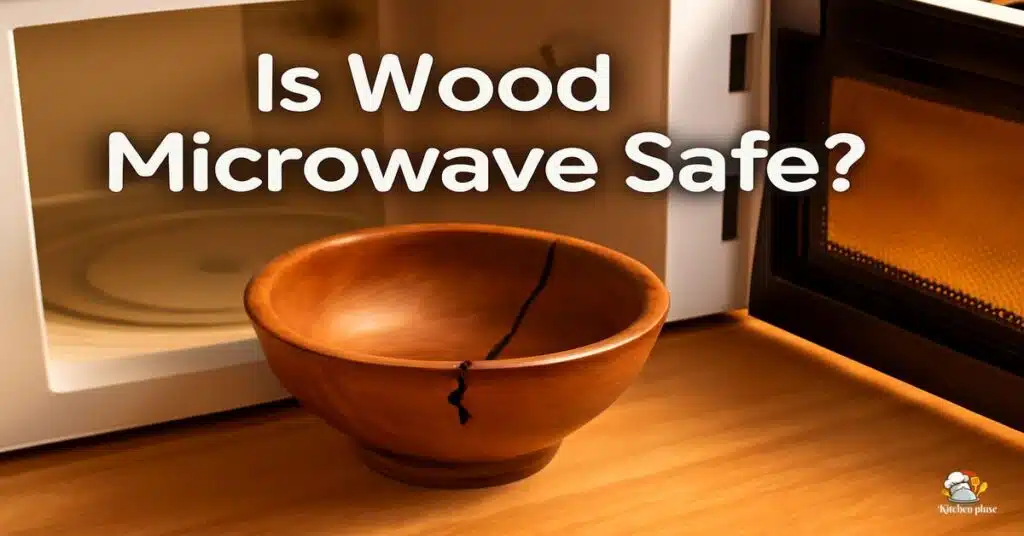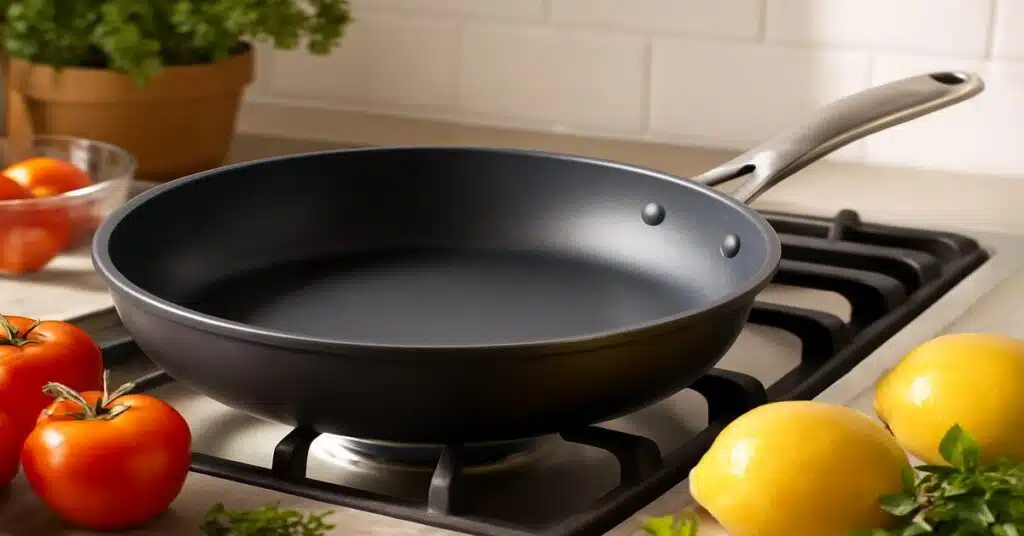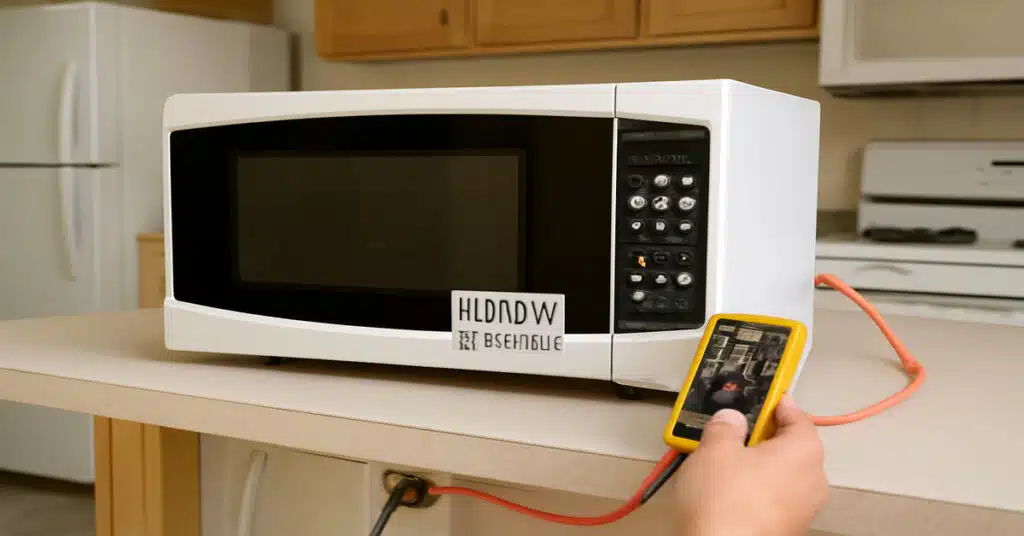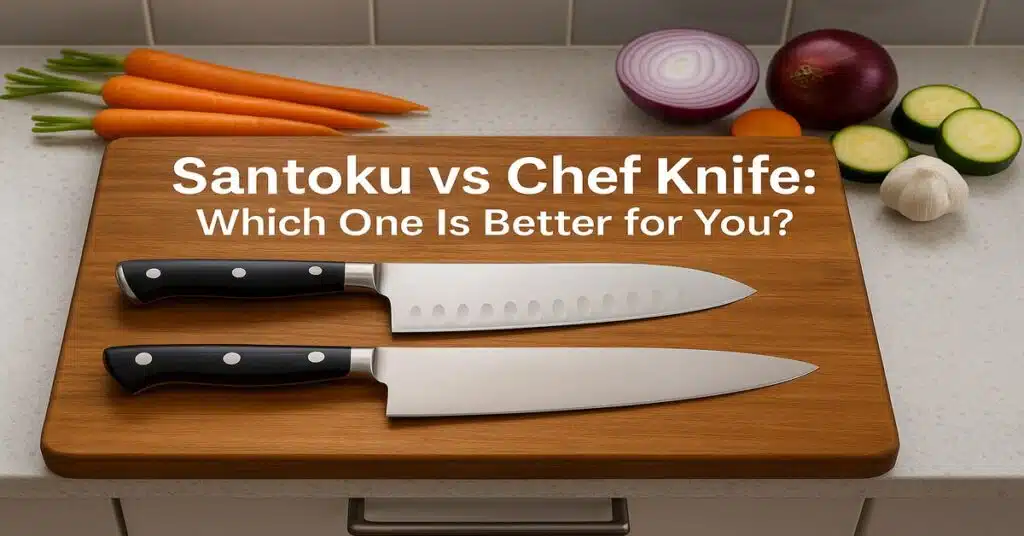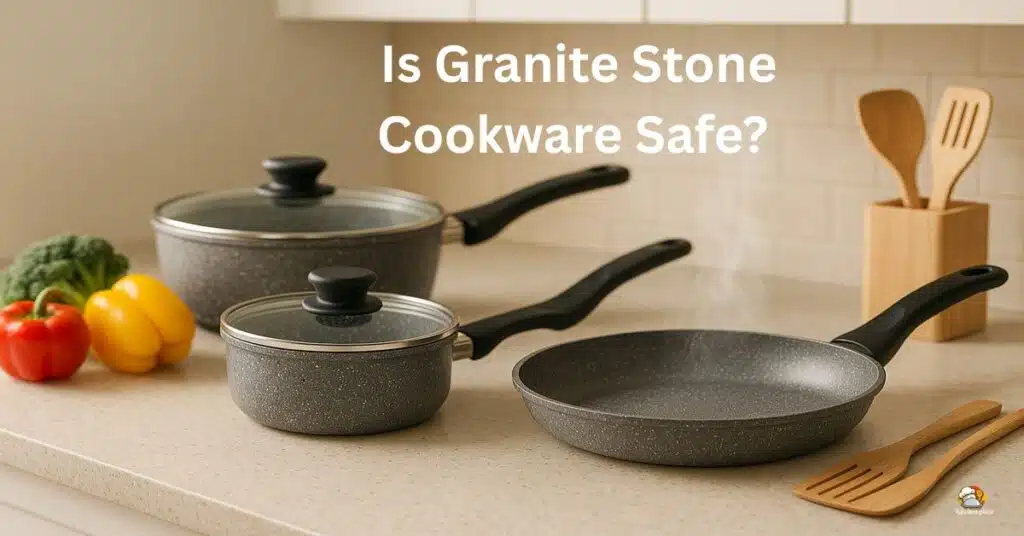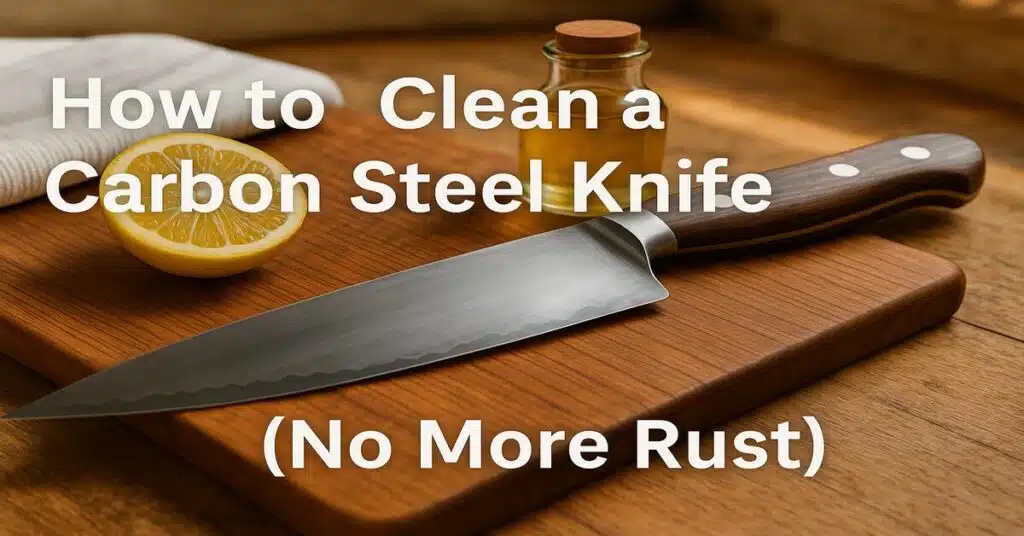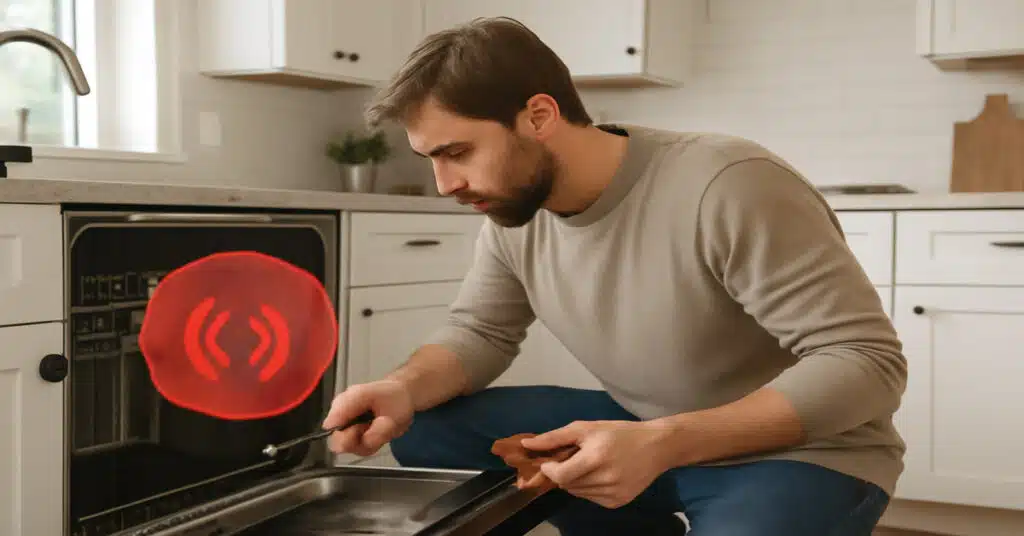Is Wood Microwave Safe? My Real Experience That Changed My Mind
One morning, I was running late for work and wanted to quickly reheat some oatmeal I’d left in a beautiful handcrafted wooden bowl. I tossed it into the microwave without thinking twice. A minute later, I noticed a strange smell—woody, dry, and almost smoky. I pulled the bowl out, and the bottom felt hotter than the oatmeal itself. That little moment sparked a question that I’d never considered seriously before:
Is wood microwave safe?
If you’re like me—someone who enjoys natural kitchenware—you might’ve found yourself wondering the same thing. In this article, I’ll share my real-life experience, what the science says, the risks, and safer alternatives. Whether you’re using wooden plates, utensils, or bowls, I’ll help you decide what’s safe and what’s not—without all the fluff.
Quick Verdict: Is It Safe to Microwave Wood? ✅ or ❌
No, microwaving wood is generally not safe. Wood can dry out, crack, or even catch fire in extreme cases. It might look fine after short use, but prolonged exposure to microwave radiation can damage both your wood item and your appliance.
Pros:
- Natural and eco-friendly
- Aesthetic kitchen appeal
Cons:
- Risk of fire or warping
- Can absorb food odor or bacteria
⭐ My Rating: 2/5 — It’s just not worth the risk for daily use.
What Is Microwave-Safe Wood, Really?
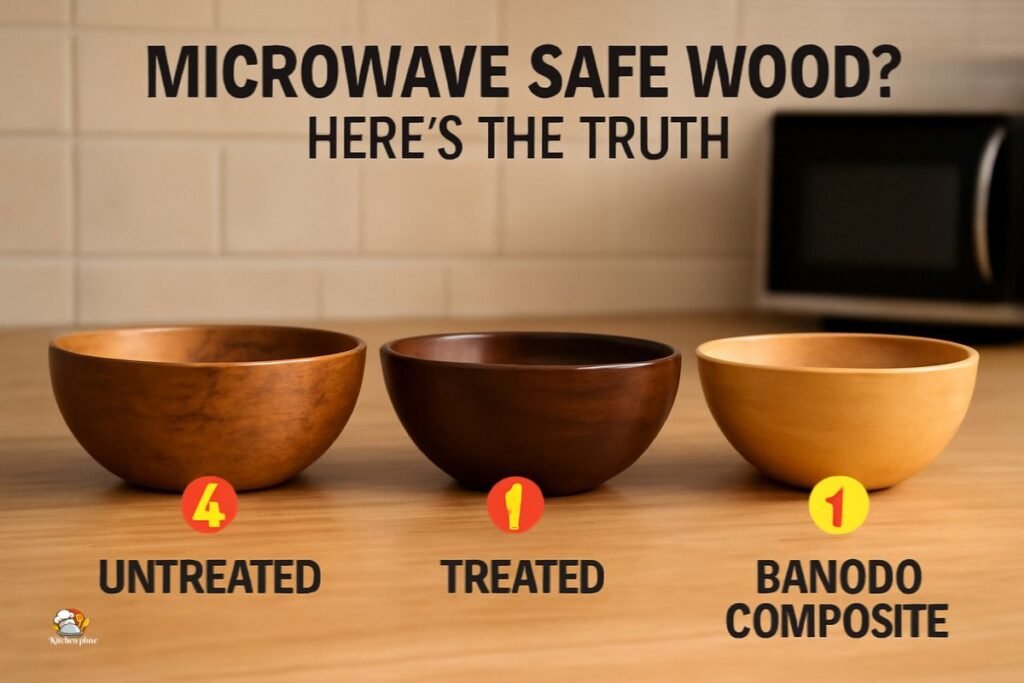
Microwave-safe wood is a bit of a myth. In truth, there’s no universally “microwave-safe” wood. Unlike ceramic or glass, wood is an organic material. That means it contains natural moisture, varying densities, and sometimes chemicals—especially if it’s treated.
- Untreated wood can absorb moisture and heat unevenly, making it prone to cracking.
- Treated or lacquered wood may release harmful fumes when heated.
- Bamboo and composite woods are sometimes marketed as microwave-safe, but even they come with limitations. Some are glued or bonded with resin, which could melt or emit toxins.
So if you’re thinking, “Can you microwave wood bowls or plates?”—the safest answer is: don’t.
My First Experience Microwaving a Wooden Bowl
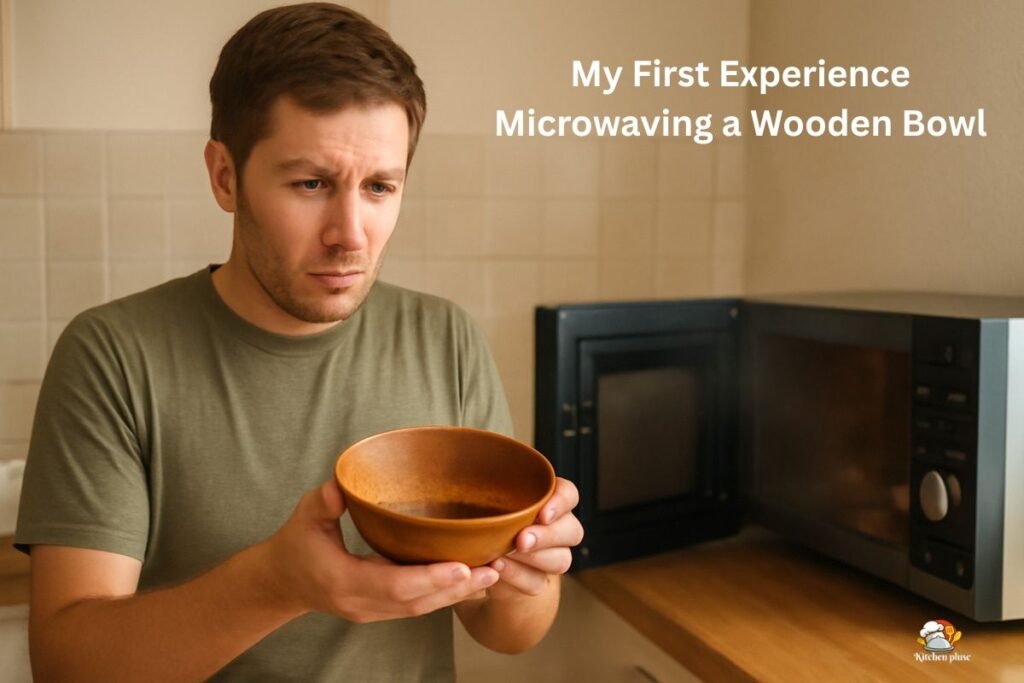
When I microwaved that bowl of oatmeal, it didn’t burst into flames—but the results weren’t great either. The food heated unevenly. The bowl’s underside got so hot it left a faint scorch mark on my microwave tray.
The surface felt slightly warped, and afterward, the bowl never sat flat on a table again. That single use made the bowl feel rougher and more brittle. It lost its beautiful finish. And that’s when I knew—microwaving wood wasn’t just a bad idea; it was a costly mistake.
What Happens When You Microwave Wood?
Here’s what I’ve learned after digging into the science:
- Moisture Content: Wood contains natural water, which evaporates under microwave radiation, leading to splitting and warping.
- Hot Spots: Microwaves heat unevenly. One part of the bowl may be steaming, while the other stays cool.
- Fire Hazard: Dry or thin wood may ignite, especially if microwaved too long.
- Toxins from Treated Wood: Finishes, paints, or adhesives can release harmful chemicals.
Even if the bowl survives, you’re gambling with microwave safety.
Types of Wooden Items & Whether They’re Safe
| Wooden Item | Microwave Safe? | Notes |
| Wooden spoon or chopsticks | ✅ Sometimes | Brief reheating only |
| Wooden bowl or plate | ❌ No | Warping, cracking, uneven heat |
| Bamboo dish (untreated) | ⚠ Risky | Depends on construction |
| Glued or varnished containers | ❌ Absolutely Not | May emit toxins |
If in doubt, keep wooden items outside the microwave.
What to Use Instead of Wood in the Microwave
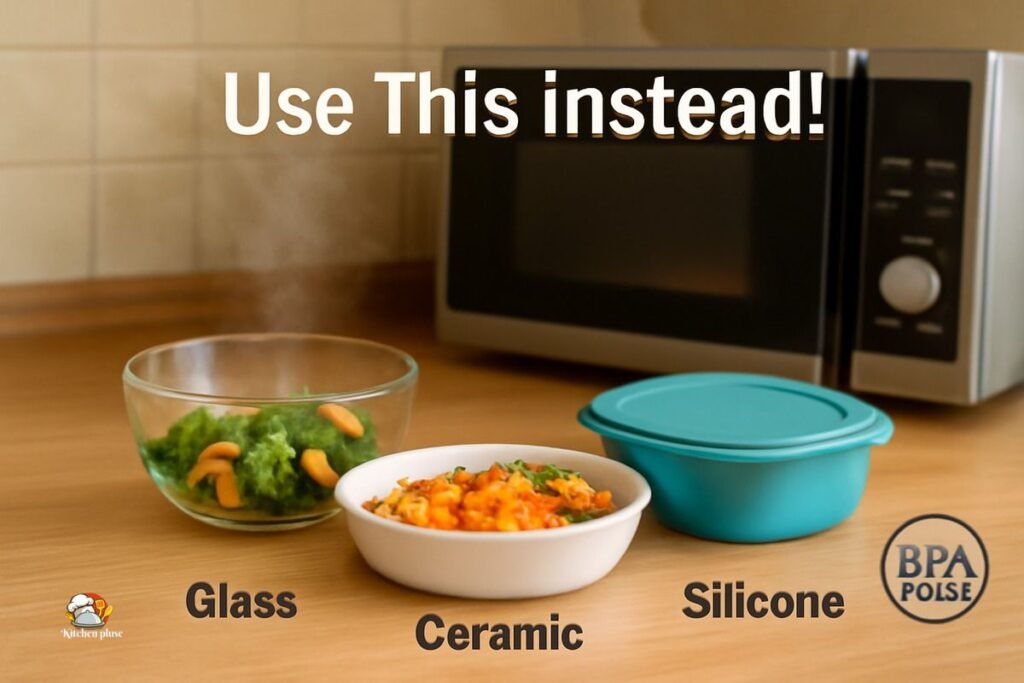
Since that day, I have switched to microwave-safe glass and ceramic dishes. Here’s what I use now:
- Glass bowls: They heat evenly, don’t hold odor, and are super easy to clean.
- Microwave-safe ceramic: Great for leftovers and looks good on the table.
- Silicone covers or containers: Flexible, durable, and safe for reheating.
Avoid plastic unless labeled BPA-free and microwave-safe.
If you’re shopping, search for “FDA-approved microwave-safe cookware“ or “non-toxic reheating dishes.”
Pros & Cons of Using Wood in the Microwave
| ✅ Pros | ❌ Cons |
| Eco-friendly | Risk of fire or damage to microwave |
| Aesthetic appeal | May warp or crack easily |
| Non-toxic if untreated | Can retain bacteria and food smell |
So is it really worth it? In my experience — not really.
Who Should (and Shouldn’t) Microwave Wood?
Microwaving wood might be okay if:
- You’re reheating briefly
- The item is thick, untreated, and unfinished
BUT…
- Not for everyday use
- Not for children or elderly use (safety risk)
- Definitely not for restaurant or commercial kitchens
If you’re someone who meal preps or reheats food daily — go with ceramic or glass.
FAQs – Answering Real Questions
Can you microwave a wooden bowl?
Not safely. It may crack, warp, or absorb food smells.
What happens if you microwave wood?
It heats unevenly, dries out, and may catch fire over time.
Is it safe to microwave bamboo plates?
Only if labeled microwave-safe. Otherwise, it’s risky.
Can you microwave wooden spoons?
Short bursts may be okay, but repeated exposure is unsafe.
What are better alternatives to wooden dishes for microwave?
Glass, ceramic, and silicone cookware are far safer and more reliable.
Final Verdict: My Honest Recommendation
After burning my fingers (almost literally), I don’t microwave wooden bowls or utensils anymore. It’s just not worth the risk of damage or danger.
Here’s what I recommend:
- ✅ Use wooden dishes for serving, not reheating
- ✅ Invest in microwave-safe glass or ceramic alternatives
- ✅ Always check product labels or consult the brand
Safe Tip: If it’s handmade or doesn’t say “microwave-safe” — assume it’s not.

